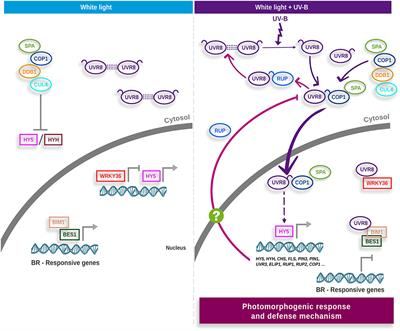Frankster
Never trust a doctor who's plants have died.
Supporter
- 5,188
- 313
Lights are always a controversial subject, we've all got idea's of what works best and want to defend our positions.
At the end of the day, there's more than one way to skin a cat. I'm certainly not suggesting that all situations could benefit from what I'm suggesting. We've all got to look at the setups we have, and try to look at what's out there, and how things can be improved. Or even if they need improvement.
Sometimes keeping the status quo, is the best way forward.
I know plenty of phenomenal growers who still use old school HPS and don't plan on ever switching over. There's certainly advantage to every situation, cause HPS also generate a great deal of heat energy during the winter months, which is needed sometimes.
It's a mixed bag, is what I'm saying, so people have to make choices for themselves, and utilize what works for them.
That said, generally speaking if you've got more light sources, and closer up, it's going to help improve overall efficiency. But the how in all of this, is the part that needs to be studied in each situation.
At the end of the day, there's more than one way to skin a cat. I'm certainly not suggesting that all situations could benefit from what I'm suggesting. We've all got to look at the setups we have, and try to look at what's out there, and how things can be improved. Or even if they need improvement.
Sometimes keeping the status quo, is the best way forward.
I know plenty of phenomenal growers who still use old school HPS and don't plan on ever switching over. There's certainly advantage to every situation, cause HPS also generate a great deal of heat energy during the winter months, which is needed sometimes.
It's a mixed bag, is what I'm saying, so people have to make choices for themselves, and utilize what works for them.
That said, generally speaking if you've got more light sources, and closer up, it's going to help improve overall efficiency. But the how in all of this, is the part that needs to be studied in each situation.
Last edited:







